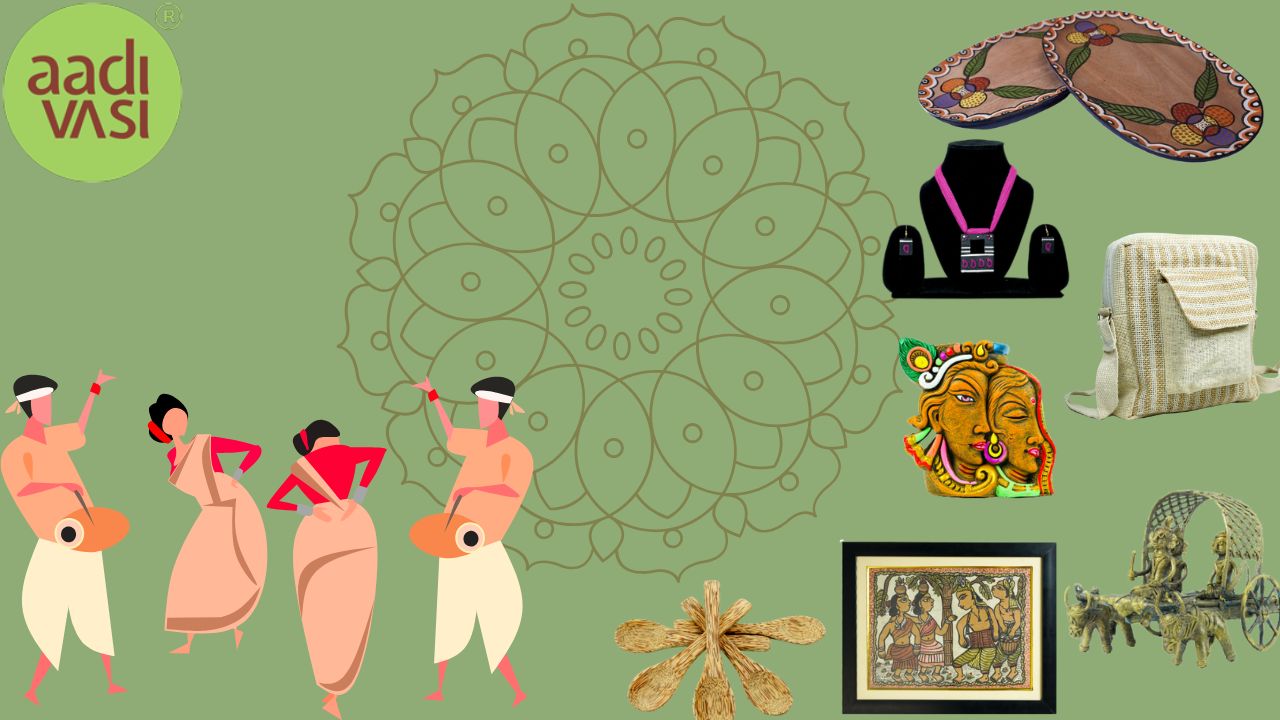Aadivasi Festivals and Their Connection to Odisha’s Cultural Heritage

Aadivasi Festivals and Their Connection to Odisha’s Cultural Heritage
I still remember my first visit to a remote Aadivasi festival in Odisha. It wasn’t just about the rituals, the vibrant clothes, or the hypnotic beats of the Madal drums—it was about something deeper. Something I couldn’t quite put into words at the time. A connection. A feeling.
When we think of Odisha’s rich cultural heritage, our minds often wander to grand temples, classical dance, or ancient scriptures. But there’s another world—one that breathes in the forests, sings in the valleys, and dances to rhythms older than time itself. The world of Adivasi festivals in Odisha. These aren’t just celebrations; they are a language, a way of life, an identity.
In their world, every beat of a drum has a story. Every festival, a prayer. And in their art? A piece of their soul. That’s why platforms like aadivasi.org matter—they bring these untouched traditions into contemporary spaces, making their handcrafted pieces more than just artifacts. They become symbols of heritage, even in something as modern as corporate gifting.
Odisha’s Tribal Festivals: A Celebration Beyond Time
Odisha is home to over 60 indigenous communities, each holding onto their tribal celebrations with fierce love and devotion. Unlike the festivals we know—where dates are fixed and rituals scripted—their festivals follow nature’s cues. The bloom of a flower, the arrival of monsoon winds, the call of a distant bird—these are their calendars.
Some of their most sacred celebrations include:
- Karam Festival – When a tree becomes a god, and prayers are whispered into the winds, hoping for prosperity.
- Chaitra Parva – Where the Soura tribe offers sacrifices, honoring a legacy that refuses to fade.
- Makar Sankranti – Not just the turning of a season, but a feast of gratitude, shared under the open sky.
- Maghe Parab – A farewell to winter, a welcome to abundance, celebrated in the Santhal way—with dance, fire, and song.
A Dance That Speaks, A Drum That Feels
In Odisha’s tribal festivals, the body moves before the words do. Watch the Dhemsa dance and you’ll see harmony in motion. Watch the Santal dance, and you’ll feel the ground tremble with its energy.
These aren’t just performances. They’re retellings of history, love stories of nature, echoes of ancestors long gone. They remind us that the role of Aadivasi festivals in preserving traditions is more than just about keeping culture alive—it’s about keeping people connected to who they really are.
Why These Festivals Matter More Than Ever
Time is a strange thing. It takes, it erases. But some things fight against it. Odisha’s Adivasi culture through its vibrant tribal festivals is one such rebellion—against forgetting, against fading, against losing touch.
Yet, these festivals stand on fragile ground. As cities expand, as young Aadivasi move away for better lives, the echoes of their traditions grow fainter. And that’s why exploring Odisha’s tribal festivals is no longer just a cultural experience—it’s a responsibility. A way to preserve an entire cultural identity before it slips through our fingers.
A Final Whisper of Tradition
If you’ve never witnessed an Adivasi festival in Odisha, start with the Aadivasi Mela in Bhubaneswar. Here, the air carries songs that have been sung for centuries. The hands that weave, carve, and paint tell stories even without words. Be a part of something bigger at Aadivasi.org®, India's first ImpactCommerce® website. For every ₹200 you spend, you create an impact by supporting a cause of your choice — and we thank you with products of the same value, absolutely free. Now that’s what we call Shopping for Impact.
Because in the end, it’s not just about the rituals, traditions, and cultural significance. It’s about a people who dance even when no one’s watching. Who pray even when no one’s listening. Who celebrate—not for show, but for the sheer joy of being alive.
And maybe, just maybe, we could all learn something from that.

